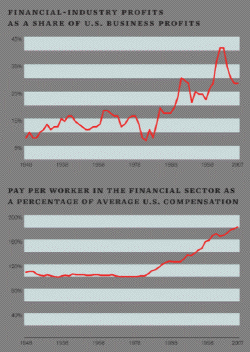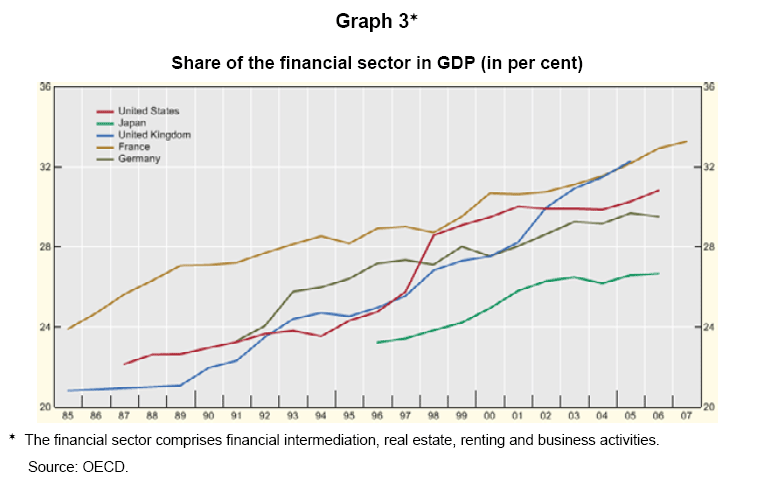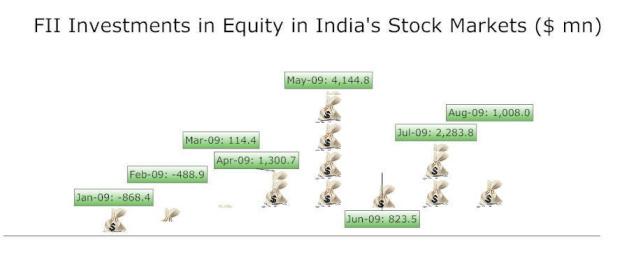With a mix of developing countries such as China, India, Indonesia and developed countries such as Taiwan, South Korea, Singapore, Japan, etc. Asian economies are becoming stronger and as a result investor interest is running high for Asian equities. New Asian companies have been listed in the US markets in recent years and still more are being newly listed regularly.
Among the hundreds of Asian ADRs that are traded on a daily basis, the following are the 10 Most Traded Exchange-listed ADRs:
1.Company: Taiwan Semiconductor Manufacturing (TSM)
Country: Taiwan
YTD Change: 25%
2.Company: Sterlite Industries (SLT)
Country: India
YTD Change: 222%
3.Company: Melco Crown Entertainment (MPEL)
Country: Hong Kong
YTD Change: 91%
4.Company: United Microelectronics (UMC)
Country: Taiwan
YTD Change: 83%
5.Company: AU Optronics (AUO)
Country: Taiwan
YTD Change: 32%
6.Company: Suntech Power (STP)
Country: China
YTD Change: 27%
7.Company: Yingli Green Energy (YGE)
Country: China
YTD Change: 108%
8.Company: LG Philips LCD (LPL)
Country: Korea
YTD Change: 63%
9.Company: Mitsubishi UFJ Financial (MTU)
Country: Japan
YTD Change: -17%
10.Company: Infosys Technologies (INFY)
Country: India
YTD Change: 93%


